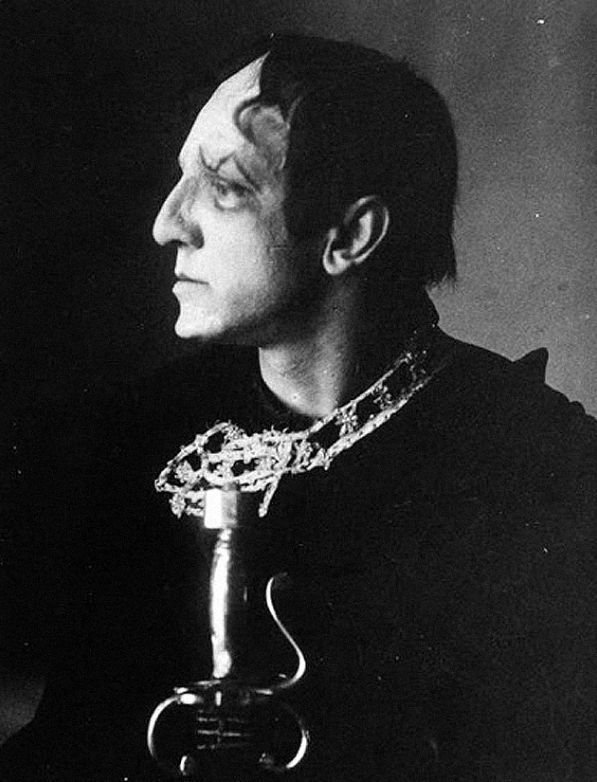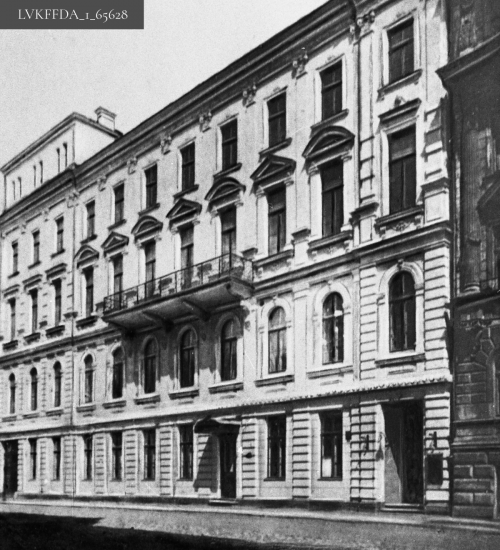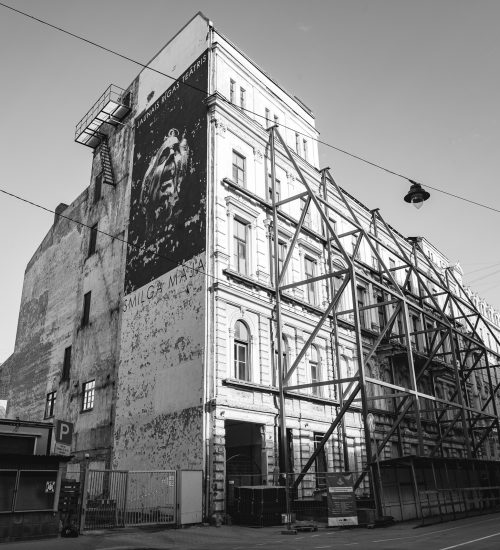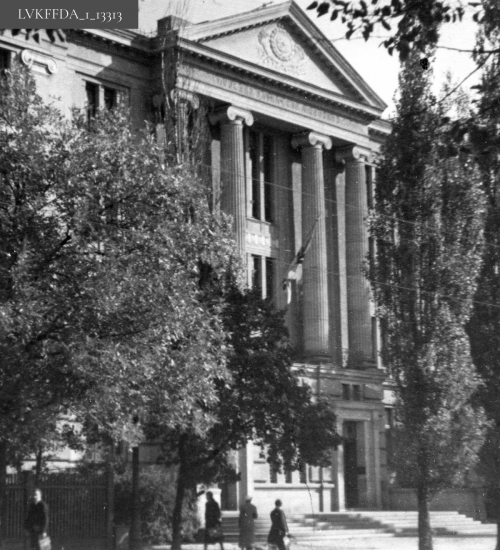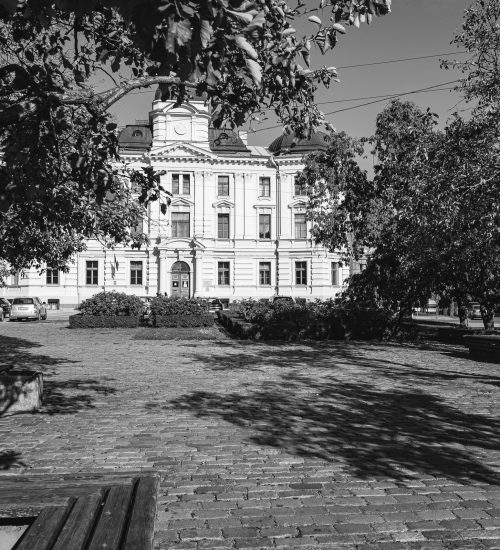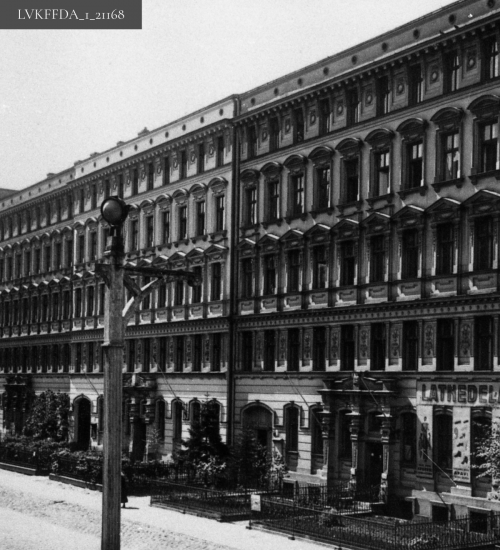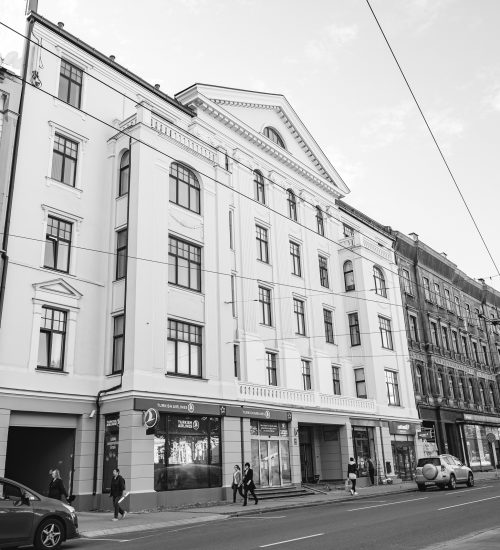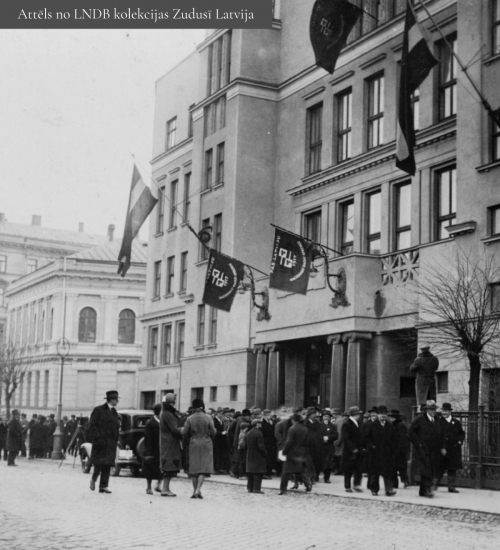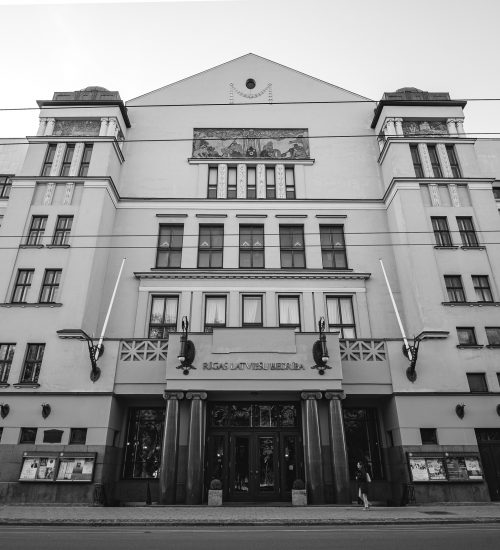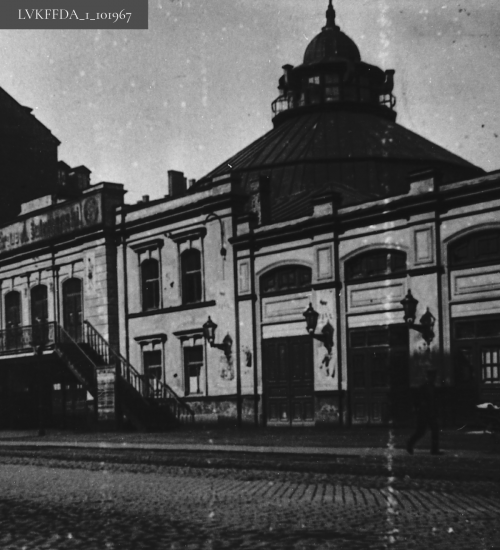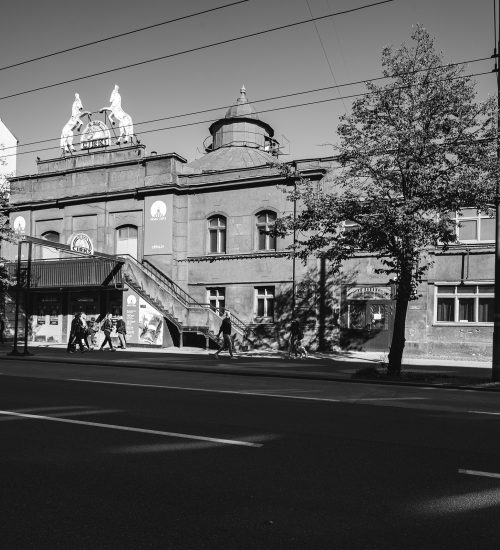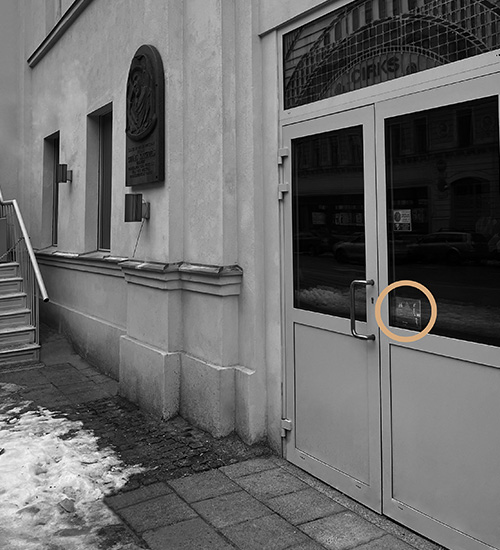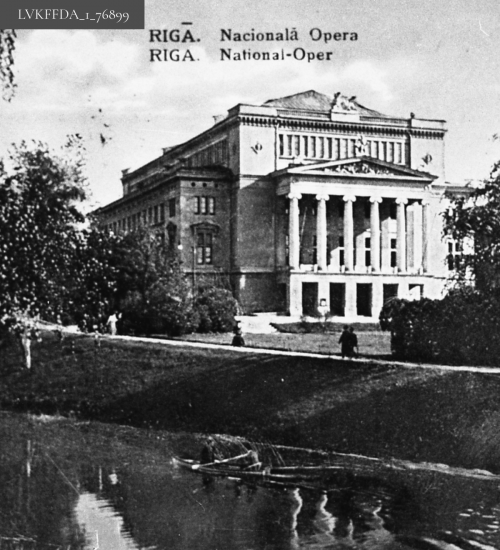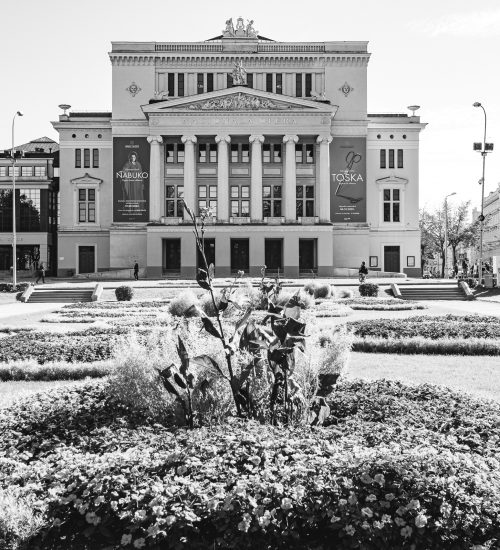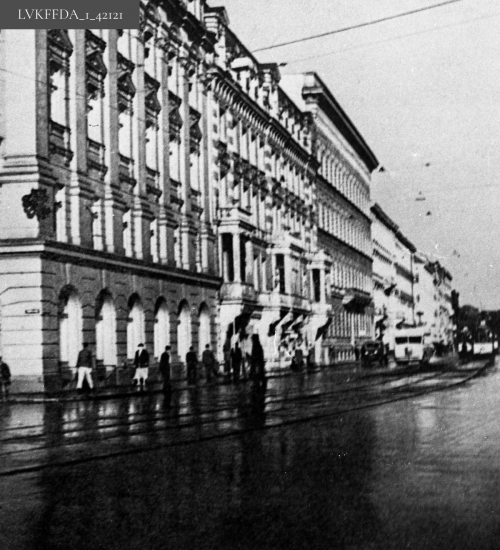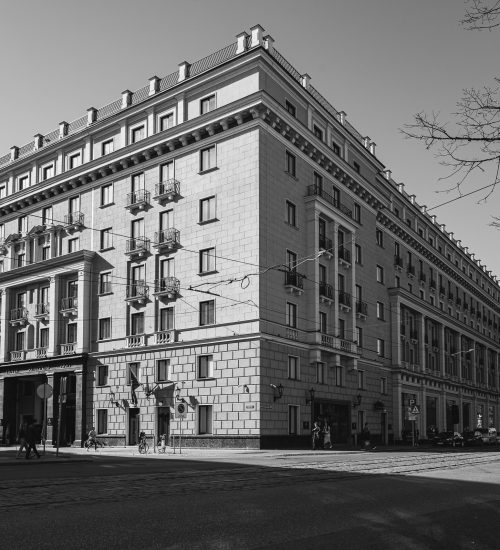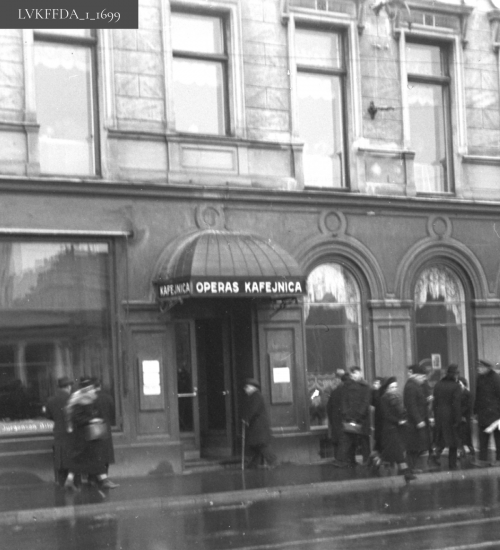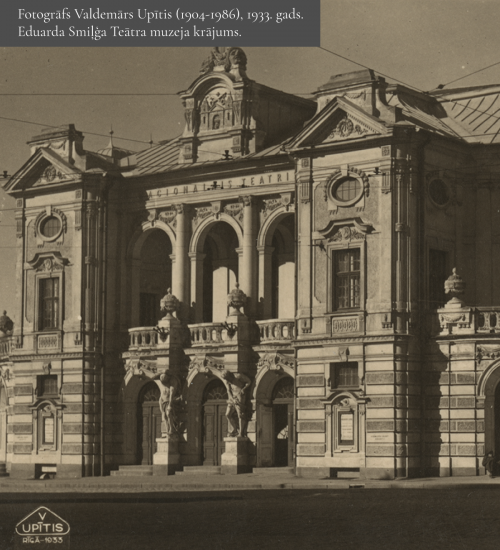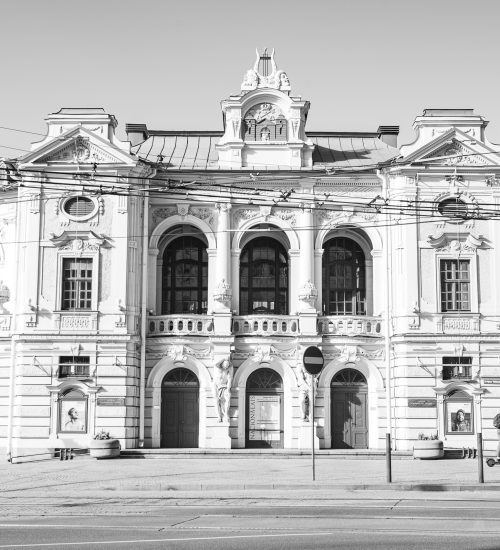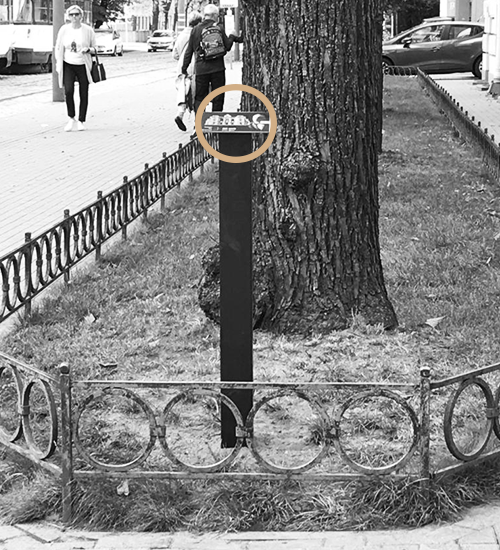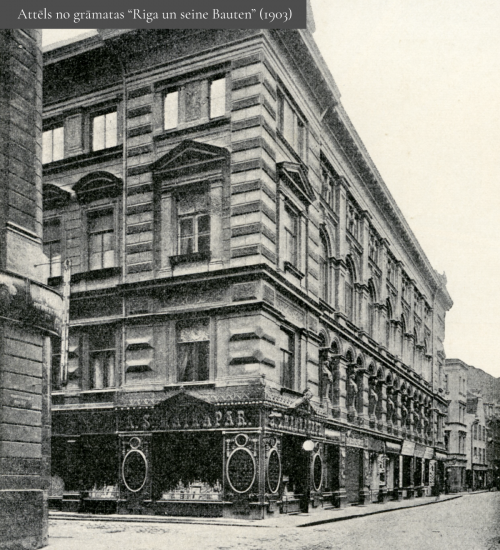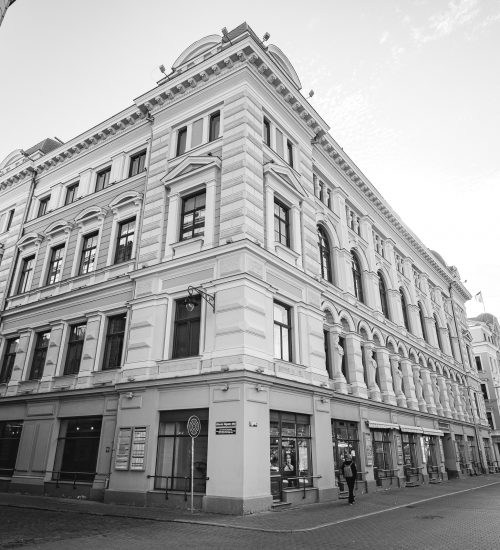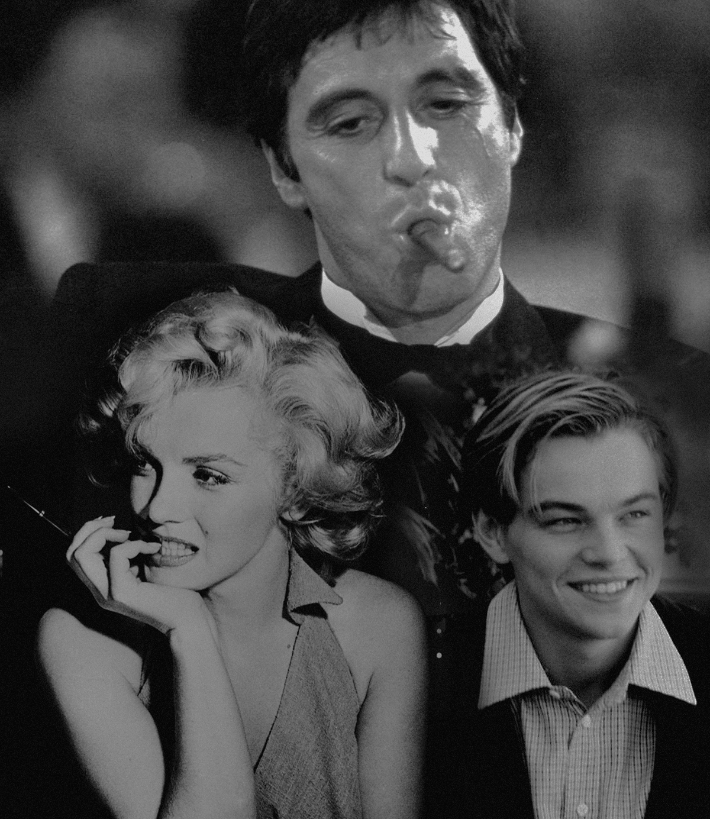The outstanding Russian actor, director and teacher Mikhail (Michael) Chekhov (1891-1955), a nephew of the Russian writer Anton Chekhov, is rightfully considered to be one of the founders of the Hollywood acting school: among his students there were Audrey Hepburn, Marlon Brando, Marilyn Monroe, Gregory Peck, Clint Eastwood, Yul Brynner and many other movie stars. The influence of M. Chekhov can be seen in Anthony Hopkins and Johnny Depp’s manner of acting; Leonardo DiCaprio also recognizes M. Chekhov as his teacher. In the United States, M. Chekhov’s literary works have become textbooks for actors, and many Oscar-winning celebrities admit they studied his technique – the very technique that M. Chekhov began to structure and finalize in Riga, where he arrived on February 28, 1932, and then staged a number of plays, and also trained Latvian artists.
In his book “The Path of the Actor”, M. Chekhov remembers Riga with great fondness. Here he spent two happy years, making many friends and gaining followers. Furthermore, it was in this city that M. Chekhov’s dream to open his own theatre school finally came true. The premises for classes were provided by the Latvian Conservatory, there were almost 60 students, including accomplished artists, in particular ones from the Latvian National Theatre and Russian Drama Theatre (the former name of Mikhail Chekhov Riga Russian Theatre).
Chekhov’s time in Riga came to an end in 1934, when he ran into problems with extending his permit to stay in Latvia. Besides, M. Chekhov felt exhausted after working hard in Riga and also in Kaunas (Lithuania), and he needed a vacation. At the end of August 1934, M. Chekhov and his wife left for Italy, and the next “working” stop in his career was the Chekhov Theatre Studio in Dartington Hall, Great Britain. After guest performances in New York in 1935, M. Chekhov was offered to stay in the United States, but the actual reason, why he moved across the ocean, was the approach of World War II.
Chekhov arrived in Hollywood in 1943, when many young actors from his theatre were drafted into the army. There he found new students and began filming. Chekhov’s Holywood career reached its peak in 1945, when he earned an Oscar nomination for his role of psychiatrist Alexander Brulov in Alfred Hitchcock’s movie “Spellbound”.
Chekhov wrote from the United States, “Young Latvian actors I trained remain there in Riga. I have not lost touch with them. They write letters to me, and I experience their success with them. And even though Riga is far away, on the other side of the ocean, I still felt drawn to it.”
Today, Mikhail Chekhov’s name is widely respected by theatre and film professionals in Europe, the United States and Russia. There are universities that offer acting courses, based on Chekhov’s technique, theatres, studios and associations are being set up to work in accordance with Chekhov’s method. However, M. Chekhov remains little-known beyond the professional circle, including in Latvia. Mikhail Chekhov Riga Russian Theatre wishes residents and guests of Riga would remember this amazing person, and one of the key components of the Theatre’s strategy in this regard is the interactive educational and entertaining project “Riga – Hollywood Bridge”, which includes the tour “Riga Through the Eyes of Chekhov’s”, tour of the Theatre, a short play about Mikhail Chekhov, and a brief actor training, based on M. Chekhov’s technique.
Find out more about Mikhail Chekhov on the website of Mikhail Chekhov Riga Russian Theatre: www.mct.lv.



